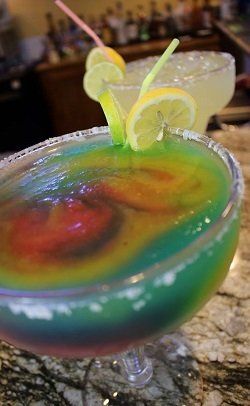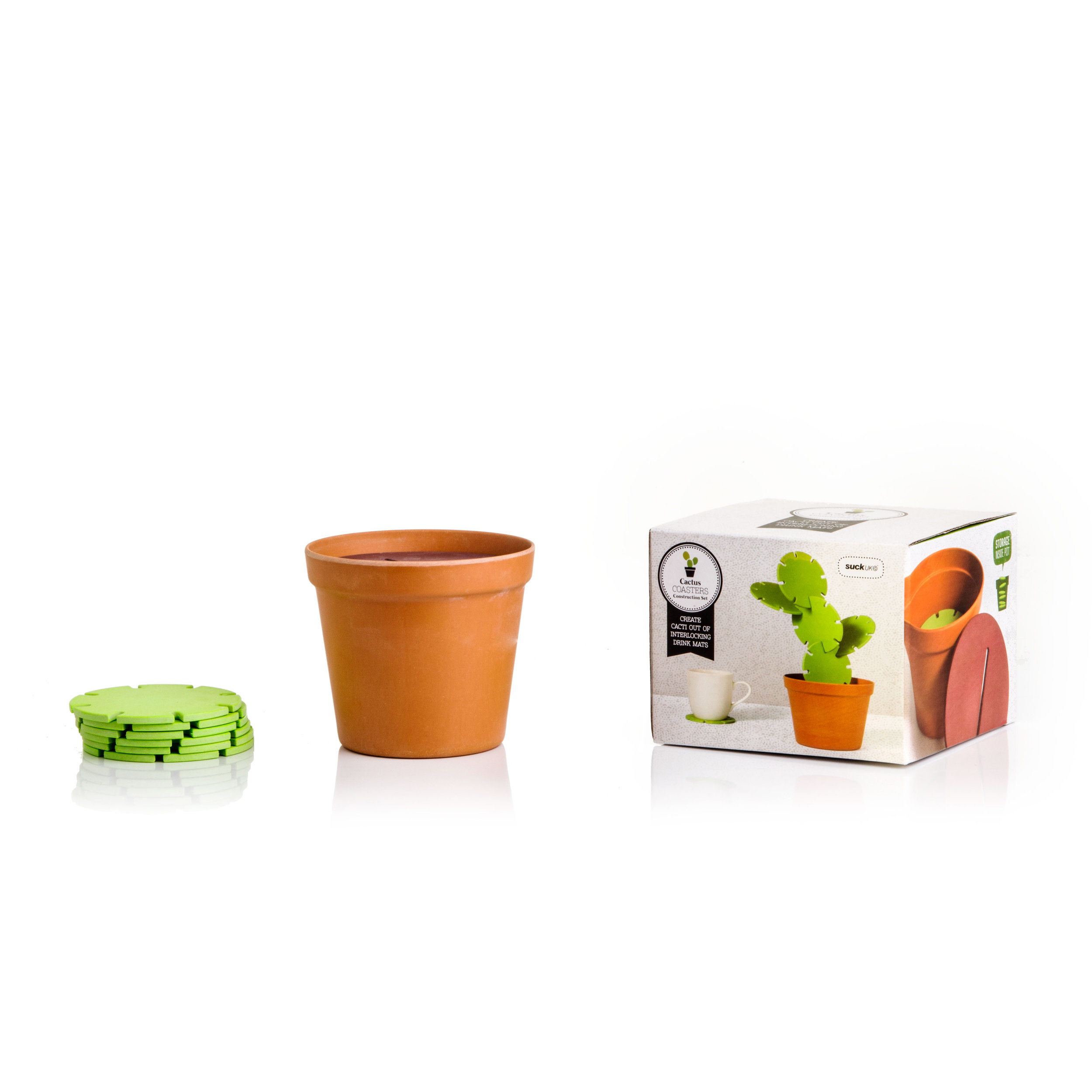

In fact, the name Acharagma means in Greek “no groove”. These plants have tubercles and flower from the top, which is similar to both Escobaria and Coryphantha, however, they do not have a groove from the areole to the axis. They may be somewhat cylindrical in shape and typically grow as individuals, but may put off several offsets from the bottom. These plants have globose bodies less than 3 inches in diameter and no more than 3 inches high. Two species from Coahuila and Nuevo Leon-Mexico make up the entirety of the Genus Acharagma. This genus occurs in the tropics of Southern Mexico, Central America, Northern South America, the Caribbean and even Florida.Īcanthocereus tetragonus ‘Fairy Castle Cactus’‘ Acharagma Mature fruits are red and globular containing large black seeds in a red pulp. Flower tubes have spines and scales and the fruits may or may not have spines. Spines are thorn-like, that is short and stout. Flowers are white in all species and are nocturnal and at least some species quite fragrant. These stems are distinctly angled with between 3 and 5 ribs although possibly only 2 or as many as 7 in rare cases and may or may not be segmented. These plants are globose to elongate, with numerous ribs on the spiny stems.Įxamples of Acanthocalycium cacti: Acanthocalycium spiniflorum Acanthocalycium thionanthum Acanthocalycium klimpelianum Acanthocalycium glaucum AcanthocereusĪcanthocereus species are primarily sprawling or shrubby plants often with arching stems. The taxon name comes from Greek akantha and kalyx, which refers to the spines on the floral tubes.

#Cacti drink finder pro#
A pro tip is to use a pair of high quality pliers or very thick gloves to keep you away from those spines, and give you the control you need to take care of your cactus. When you’re repotting a cactus, it’s really easy to end up pricking yourself multiple times, which can risk you dropping and damaging your plant. They then grow as epiphytes on tree branches where, despite the high rainfall, due to the rapid flow of water, dry conditions predominate. A small number of species occur in tropical rainforests. They are masters of adapting to living conditions. They occur there in deserts and steppes, on high mountain slopes and in jungles. Most cacti are native to North, Central and South America. This is characteristic of cacti and family characteristics.

There are many other types of succulents in the world, but they lack areoles, places where the thorns (spines) grow. Certain cactus types can become very large, others remain very small. There are the disc shape, the spherical shape, and the columnar shape. The plants can be classified according to their shapes. The family has many well-known species because they are easy to keep alive as a houseplant and are seen as decorative. There are about 300 genera and 3,000 species. The cactus is from the plant family of the Cactaceae. They can absorb dew and thus provide extra moisture. In this way they can go without water for extremely long periods. But with a higher ABV than other spiked seltzers, you likely won’t be reaching for as many CACTI Seltzers as you would with your go-to brand and flavor.Cactus belongs to the succulents’ group, plants that can absorb and store large amounts of water in their plant body and roots. Most competitors are about 90 to 110 calories, so for the calorie-conscious, this may not be your first choice. CACTI Seltzer Nutritional FactsĪ 12-ounce can of CACTI has 150 calories, 2 or 3 carbs depending on the flavor and less than 1g added sugar. These single-serve cans come in 16- and 25-ounce sizes. You can also snag some single-serve cans of lime or pineapple flavors. The variety pack from CACTI features nine 12-ounce cans in pineapple, lime and strawberry flavors. With only three flavors, Scott’s new seltzer line offers less variety than its competition, but as it gains traction, we expect to see more flavors roll out. In just 12 hours, the online inventory of CACTI sold out, and retailers carrying the product reported being out within 24 hours. In its first week on the shelves, the Cactus Jack mastermind’s seltzer outperformed competitors’ launches.


 0 kommentar(er)
0 kommentar(er)
